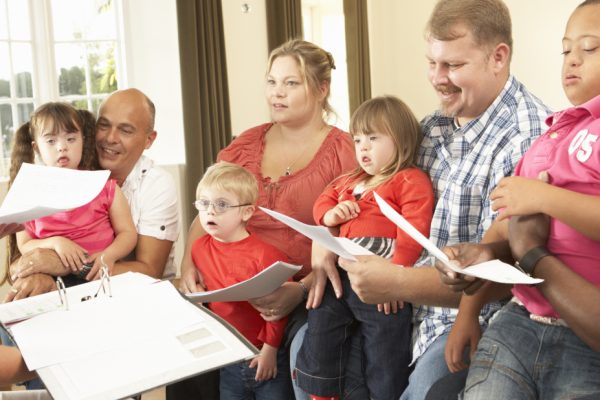
6 ball activities to help gross motor skills for preschoolers and toddlers
by Karleigh Page and edited by Alice Lockwood
We LOVE using all different types of balls during our therapy sessions at NAPA Centre. Ball play for toddlers can be very effective in progressing motor skills in children, especially when the activities are intentional! Here are some ball games for toddlers to try at home.
1. Kicking:
Keep it simple! There is A LOT of therapeutic benefit in simply practicing kicking a ball. Kicking requires the strength and balance to be able to stand on one leg in order to kick with the opposite leg. It also requires coordination and joint attention to the task!
To make this activity easier, start with a larger ball or give your child something to hold on to for balance while kicking.
To make this activity more challenging, have your child balance for 5-10 seconds with one foot placed on top of the ball before kicking or try kicking towards a specific target.
2. Supine Ball Pass with Feet:
This activity will focus on building up core strength and pelvic stability in your child. It strengthens the abdominals and the inner thigh muscles (also known as the adductors.)
Start with your child lying down on the floor with a short basket/bin behind their head. Place a ball in between your child’s feet and have them lift their legs up to try to drop the ball into the basket behind them. Repeat 5-10 times with all different sized balls/objects.
This activity may be tricky at first so help your child move through the motion a few times until they get the hang of it. We encourage our parents to jump in and play to fit a quick workout into their busy days!
3. Ball Pass with Trunk Rotation:
Have your kids sit back-to-back on the floor and grab any sized ball that you have at home (the heavier the ball, the harder this exercise will be.) Have your kids rotate their trunk to pass the ball back and forth to each other to work on trunk rotation and core activation. If you want to add to the challenge, you can work on practicing counting, word categories, or singing while playing!
4. Targeted Throwing and Catching:
Another simple, yet very effective game to play. Set up some bowling pins, grab a makeshift basketball net or hang up a hula hoop and practice some targeting throwing. For younger kiddos (under 2), this may still look like an underhand toss or potentially even rolling the ball towards the target. Then you will begin to see more of an overhead throwing pattern begin to evolve.
Begin with two hand throwing using larger, lighter/softer balls (you can even try using a beach ball or a balloon.) Then you can progress to the playground or sports balls as your child’s skills progress.
For catching, you can begin by rolling the ball to your child in the seated position then work towards a gentle toss in standing. Initially, your child will trap the ball with both arms against their chest before a more mature catching pattern develops. These skills require use of hand eye coordination, visual perception, and graded control of movements.
5. Balloon Volleyball:
Grab a balloon and play a classic game of “keep it up.” Since balloons float more slowly through the air, they are a great tool to work on emerging hand eye coordination when kids practice tapping the balloon back and forth to one another. Balloons are also great for indoor play as they are much kinder to televisions and flower vases when they are bouncing around the house compared to balls.
To make this activity more challenging, have the kids try to stand inside of hula hoops while playing or even balance in positions like half kneeling while playing to up the ante!
6. Bounce and Catch:
Grab a bouncy ball and practice dropping it to the ground then catching it when it bounces back up. This activity is great for timing and coordination. It is another great one to add a cognitive challenge to, like counting the number of times your child can bounce and catch the ball in a row.
Which idea will you try at home with your toddler?
This post was originally published on the NAPA blog here and is republished with permission.
NAPA Centre provides both traditional and non-traditional therapies as recommended by professionals from around the world. They specialise in offering three-week intensive therapy programs tailored to each of our patient’s individualised needs. By utilising a wide variety of therapies and techniques they are able to target the unique goals of each of their families. Find out more at napa.com.au







